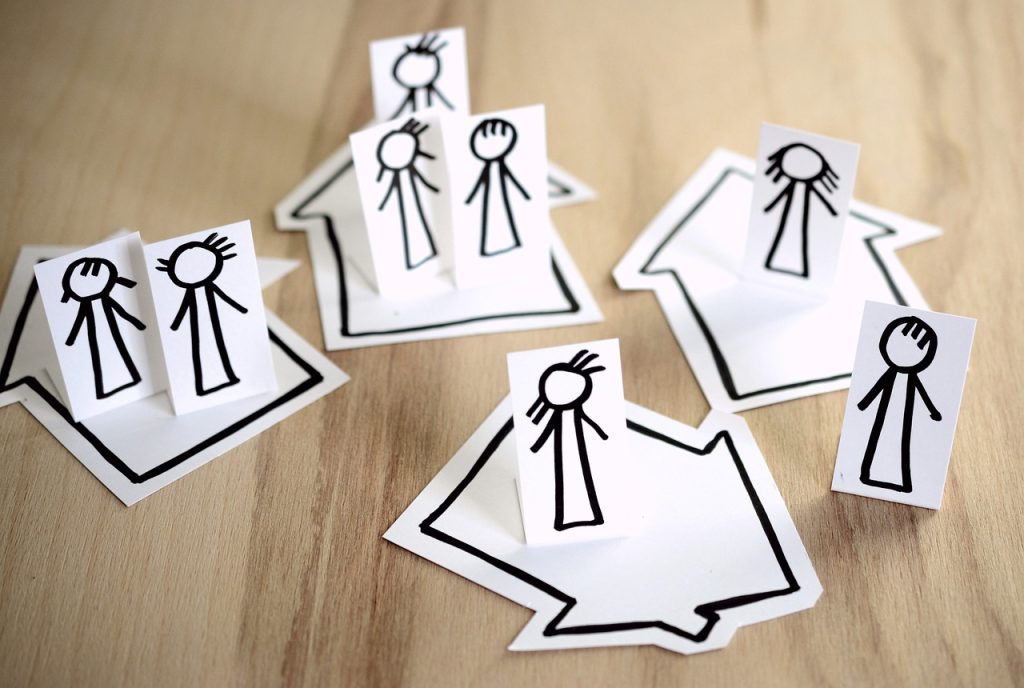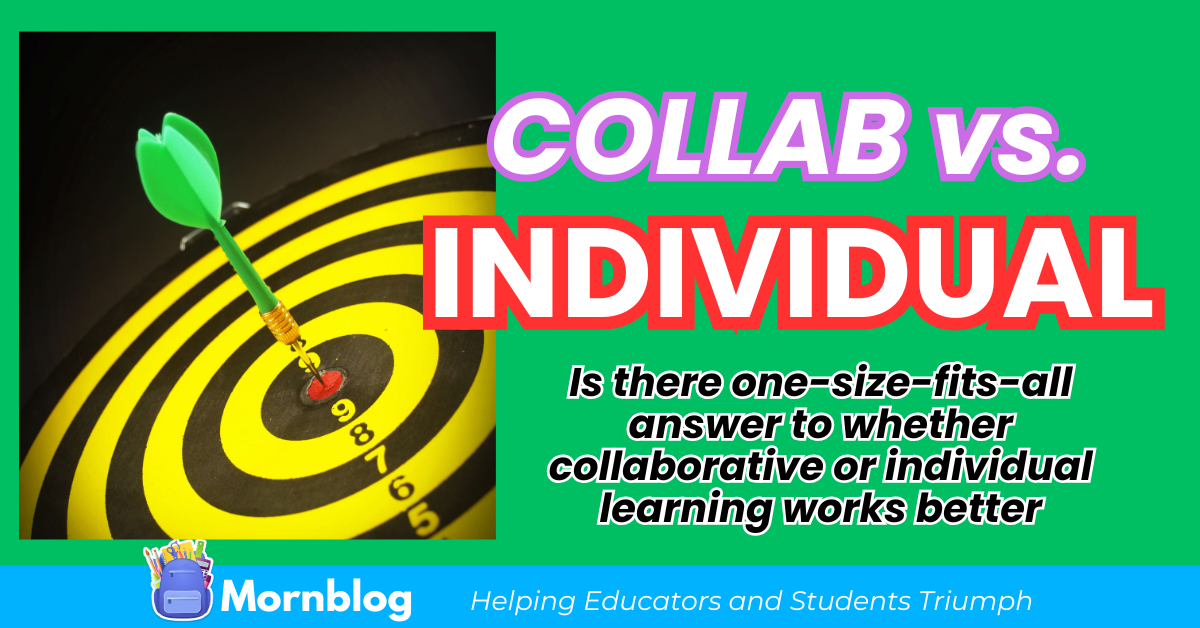Must Know: How concept mapping develops bloodcurdling understanding of complex topics
Concept mapping is a study strategy that uses diagrams to represent relationships between ideas, concepts, or pieces of information. Concept mapping develops bloodcurdling understanding of complex topics.
By organizing knowledge visually, learners can see connections and hierarchies, making it easier to understand complex topics.
Concept maps are especially useful for subjects that require understanding systems, processes, or interconnected themes, such as biology, history, and social sciences.
Table of Contents

What is Concept Mapping?
A concept map is a diagram that starts with a central idea and branches out into related subtopics.
These connections are represented using lines or arrows, often labeled to clarify the nature of the relationship.
For example, when studying ecosystems, the central node might be “Ecosystem,” with branches like “Producers,” “Consumers,” and “Decomposers.”
Concept mapping helps learners break down information into manageable chunks and visualize how ideas fit together.
This strategy promotes a deeper understanding of topics by highlighting relationships and patterns.
How to Use Concept Mapping
Choose a Central Topic
Identify the main concept or question you want to explore. Write it in the center of a blank page or digital workspace.
Example: For psychology, the central topic could be “Theories of Learning.”
Identify Key Subtopics
Break the main concept into smaller, related ideas. Draw lines or arrows connecting these to the central topic.
Example: For “Theories of Learning,” subtopics might include “Behaviorism,” “Cognitivism,” and “Constructivism.”
Add Supporting Details
Expand each subtopic with more specific information. Include examples, definitions, or related concepts.
Example: Under “Behaviorism,” add details like “Pavlov’s Classical Conditioning” and “Skinner’s Operant Conditioning.”
Use Cross-Links
Highlight relationships between different branches of the map. For example, draw a line between “Behaviorism” and “Cognitivism” to compare their approaches.
Review and Revise
Reflect on your map to ensure it accurately represents the topic. Reorganize or add details as needed.

Benefits of Concept Mapping
Visual Learning
Concept maps cater to visual learners by presenting information in an easy-to-digest format.
Better Understanding
Organizing information helps learners see the “big picture,” making it easier to understand complex topics.
Improved Retention
The process of creating a concept map reinforces memory by requiring active engagement with the material.
Flexibility
Concept maps can be applied to a variety of subjects and adapted to fit different levels of detail. Additionally, this is very crucial to someone like procrastinators who may tend to multitask on studying more than one subjects at a time.
Problem-Solving Skills
By analyzing relationships between concepts, learners can identify gaps in understanding or discover new connections.
Common Mistakes and Misconceptions
Overloading the Map
Including too much detail can make a concept map cluttered and confusing. Focus on key ideas and their relationships.
Neglecting Cross-Links
Some students create isolated branches without showing how subtopics connect. Cross-links are essential for understanding relationships.
Focusing Only on Appearance
While neatness is important, the primary goal is to represent information accurately and meaningfully.
Skipping the Reflection Process
Simply creating a concept map isn’t enough. Reviewing and revising it ensures a deeper understanding of the material.
Practical Applications
Science: Create a concept map to explain the water cycle, showing processes like evaporation, condensation, and precipitation.
History: Map out causes, events, and consequences of historical events, such as World War II.
Literature: Analyze a novel by mapping themes, characters, and plot developments.
Mathematics: Use concept maps to explore relationships between mathematical concepts, such as geometry and trigonometry.

Conclusion
Concept mapping is a versatile and effective study strategy that transforms abstract ideas into visual representations.
By practicing this method, learners can gain a clearer understanding of topics, improve retention, and develop critical thinking skills essential for academic success.
School Hacks
Subscribe
Fresh insights and exclusive perks delivered straight to your inbox. Sign up now!






